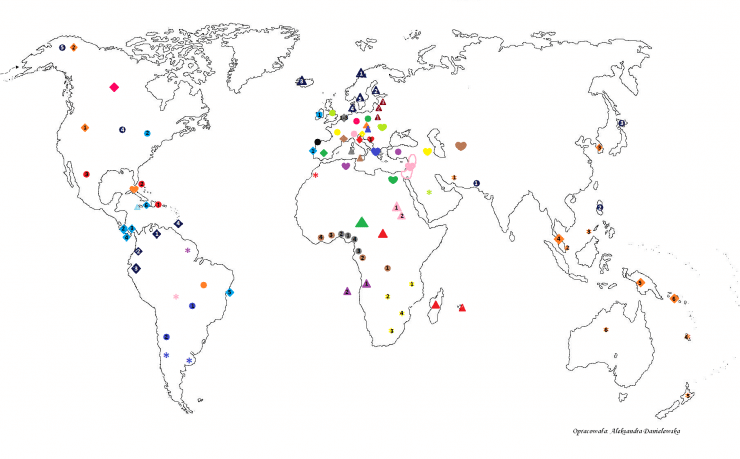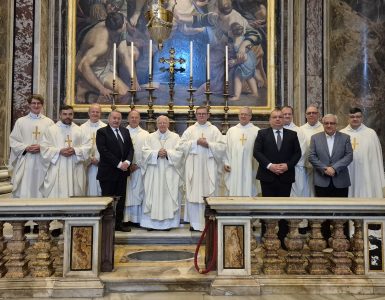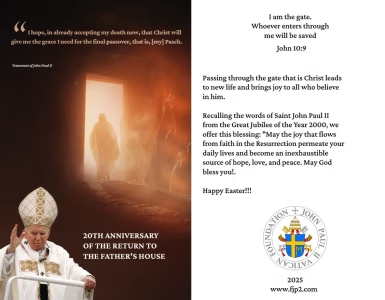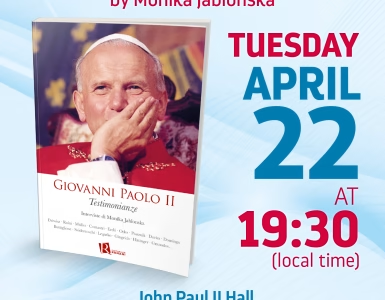The Pope celebrated Masses on public squares, stadiums, airports, attracting increasing number of young people. He became more and more relaxed “outside the house.” Moreover, he seemed to be truly himself more outside the Italian borders than in the Vatican apartments. “Every day I walk through spiritual geography. My spirituality has a little of geographic dimension”– he used to say. John Paul II always had a large geographic atlas at hand, in which countries and diocesan regions of the whole world were marked. He knew the names of the bishops of each of them. When they were participating in the audiences, they didn’t even have to remind him where they came from. (…) The period of great pilgrimages began. Africa, Asia, Latin America, countries marked by poverty, injustice, unjustly exploited by the rich North. Places like the Island of Gorée in Senegal, where there was a crime on the millions of people of color who were put in chains and deported to the American continent. In the evening after a visit to the Slave Island, the Holy Father did not stop talking about it. He was terrified and worried, especially the situation of poor children, the victims of trafficking. He could not understand how the perpetrators of such terrible crimes could be referred to as Christians. So many memories! In Chad, going in the column of the Papal cars on a road on the outskirts of the Sahel, passing by a small village, literally consisting of a few misery huts, the Holy Father asked to stop for a minute. He walked into one of the huts and talked to people living in that house. He wanted to see and to understand. Maybe based on what he saw there, with such a great power and passion in his speech, he reminded other countries of the obligation to remember Africa. In Brazil, the Pope visited very, very poor favela. I remember his eyes. He was looking around desperately, not knowing how at that moment he could bring help in their sufferings. Suddenly, he took off the Papal ring from his finger and gave it to those people. Also in Brazil, in Teresin, during the Holy Mass or the Liturgy of the Word, when people were saying “Our Father” prayer, the Pope noticed a banner with the following words: “Holy Father, the nation is hungry.” And he began to pray: “Give daily bread to this nation which suffer hunger.” On his first visit to Brazil, following a direct encounter with her dramatic reality, the Pope changed more than half of his speech that was prepared in Rome and which was directed to the Episcopate.
Cardinal Stanisław Dziwisz – “Testimony”
TBA Publisher, Warszawa 2007





